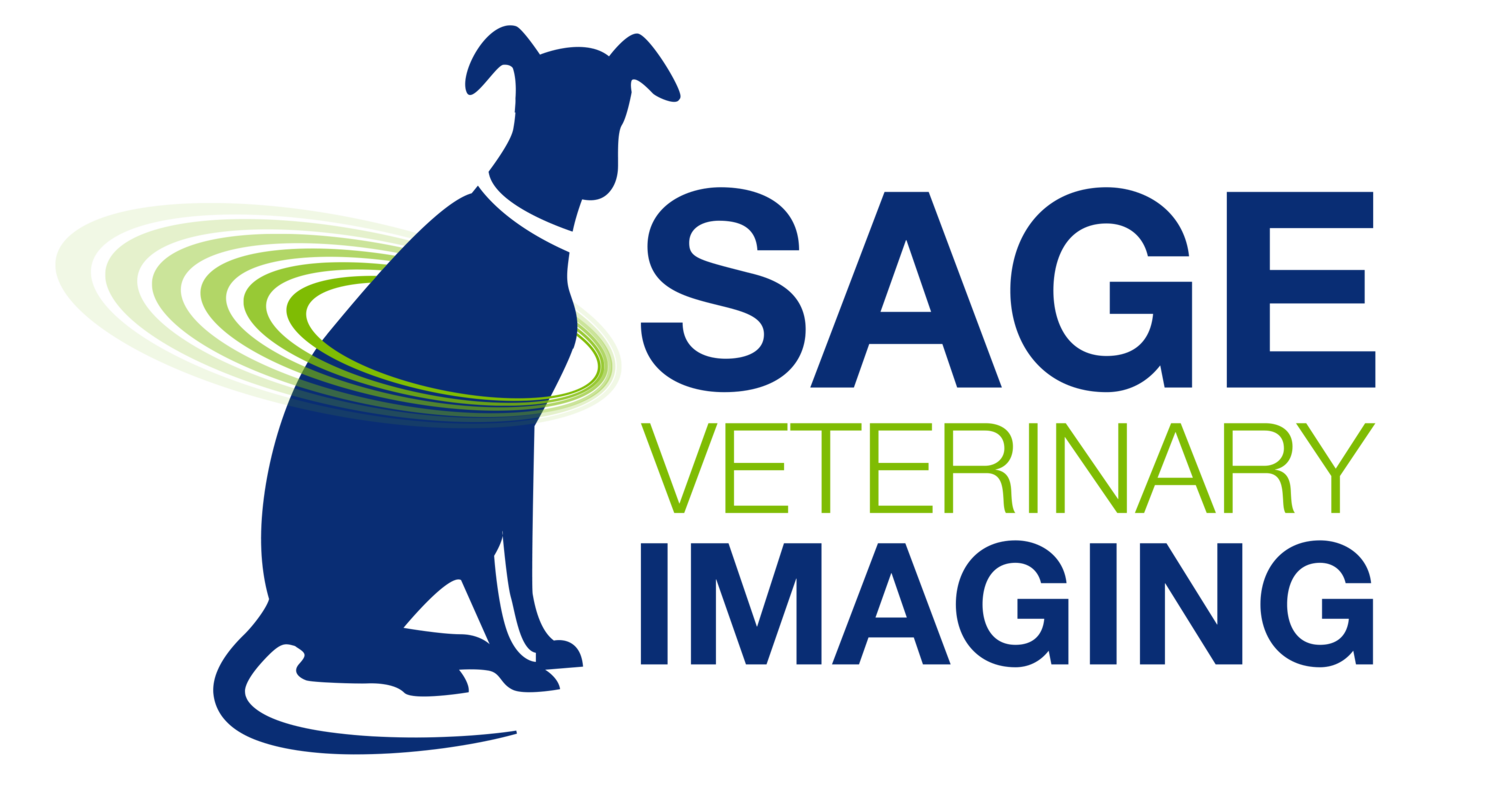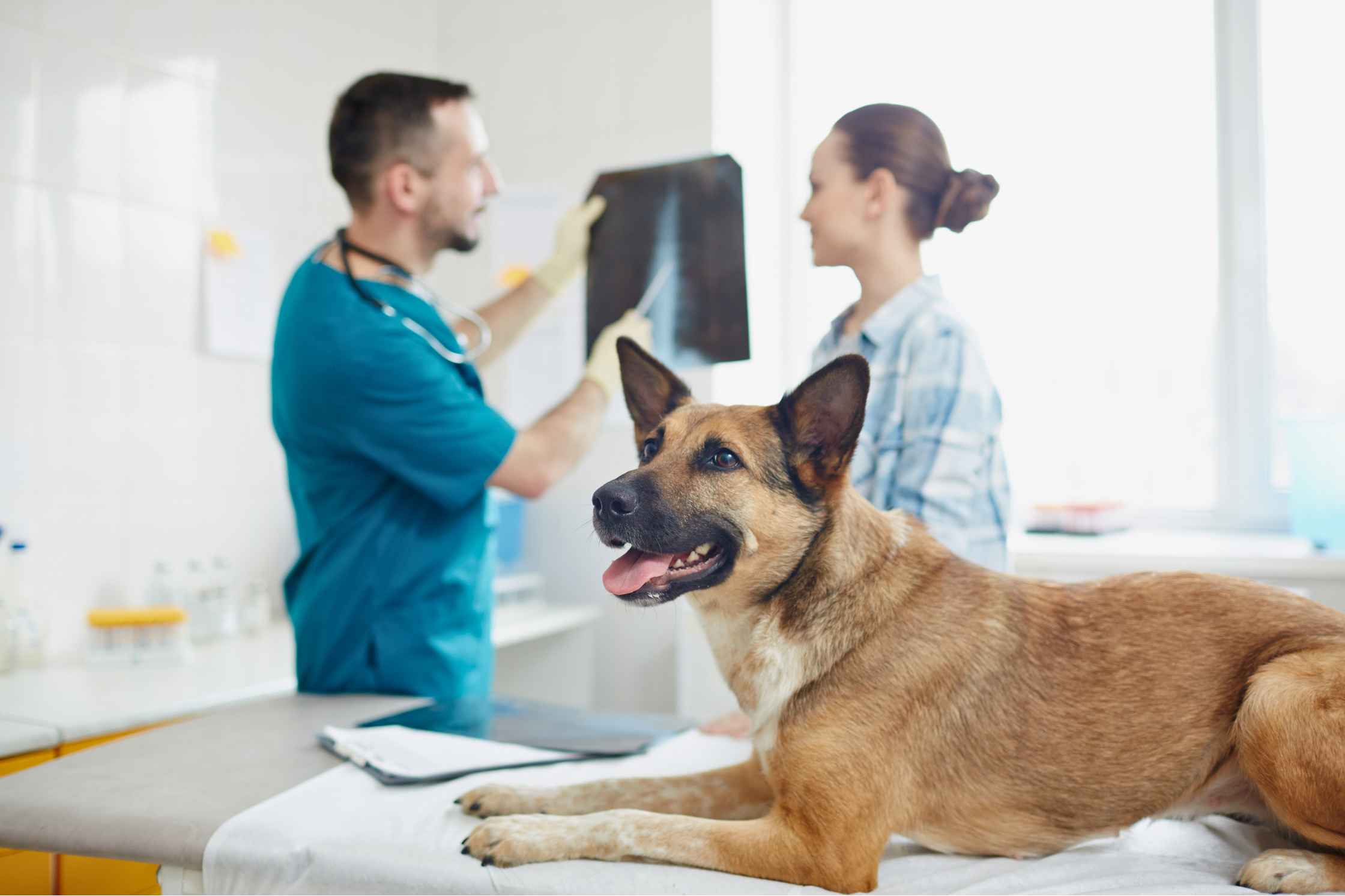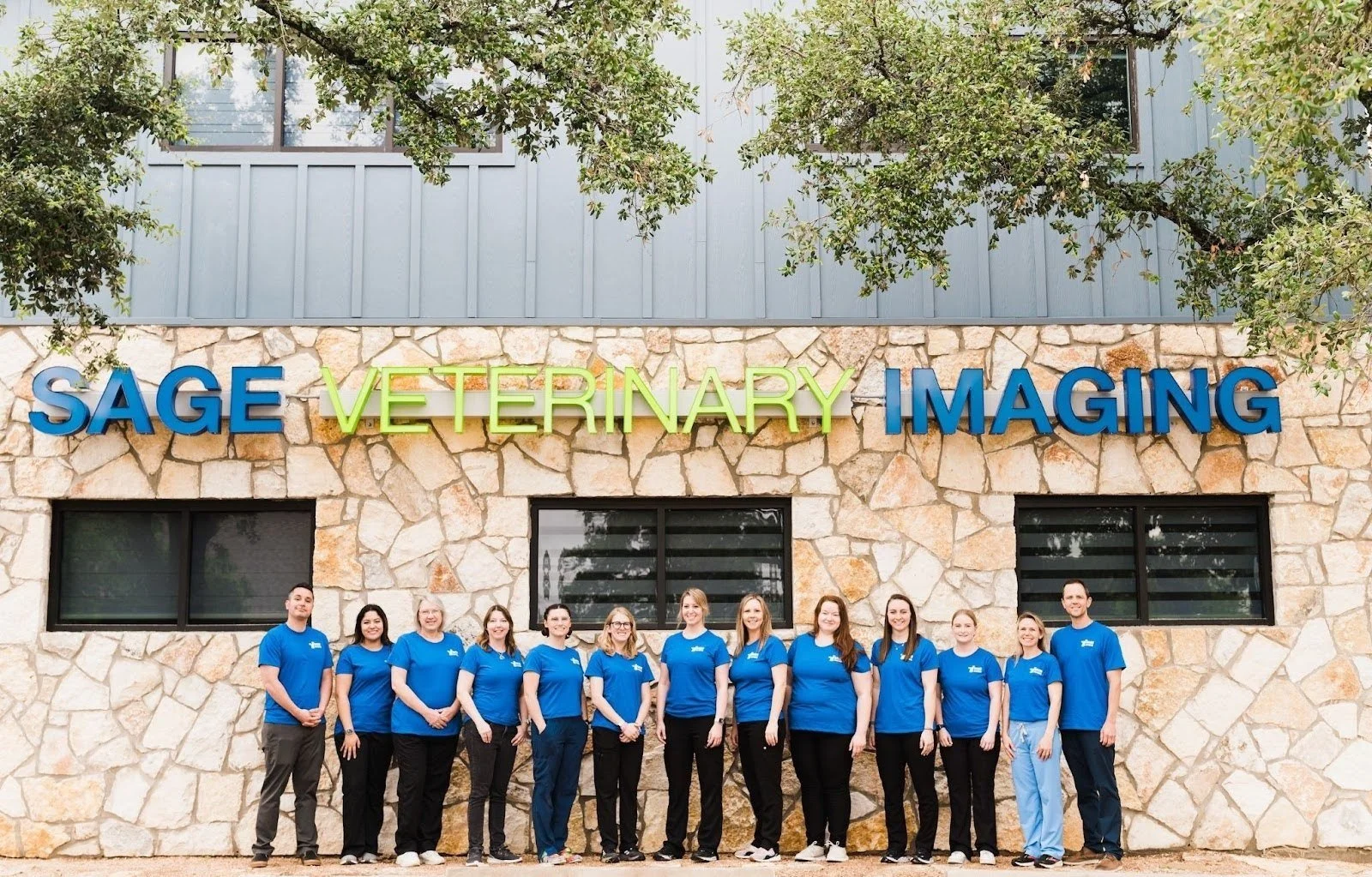Why “Low Cost” Veterinary MRI & CT Aren’t Actually Low Cost
Clear CT or MRI results can help your vet avoid unnecessary tests and get your pet the care they need.
You chose a low cost veterinary MRI or CT scan thinking it would save you money. We understand. You're doing your best to make smart decisions for your pet. But now you’re back at the vet, facing more tests, another round of sedation, and still no clear answers.
The truth is, what seems like a good deal on the surface can lead to repeat procedures, delayed diagnoses, and even unnecessary surgeries. And that’s not just hard on your wallet—it’s stressful for you and your pet.
This article walks you through why “low cost” imaging often isn’t the most affordable option in the long run (especially when your pet’s health is on the line).
Whether you’re a devoted pet parent, new to navigating care decisions, or a veterinarian helping your clients choose wisely, this guide is for you.
This Blog Covers:
Why low-field MRI ends up costing more in the long run
The diagnostic limitations of low-cost CT
How faster, more accurate imaging leads to better outcomes
At Sage Veterinary Imaging (SVI), we believe in giving pet families and veterinary teams the information they need to make confident, cost-effective decisions. Let’s dive in and explore how smarter imaging really can save you both time and money.
Why Low-Field MRI Can Miss the Mark
Low-field “vet-specific” MRI machines are often marketed as an affordable option—but they come with some important limitations that can impact your pet’s care.
These machines typically:
Produce lower-quality images with reduced detail
Take longer to complete scans, increasing sedation time
Struggle to detect subtle problems like nerve pain or small masses
When clarity is lacking, so is confidence in the diagnosis. And that often means more tests, more time, and more stress—for both you and your pet.
When “Cheaper” Costs More
Low-quality scans often lead to more appointments, more sedation, and more cost in the long run.
If an initial scan doesn’t provide answers, pet owners are often left with two options:
Repeat the scan using better equipment (doubling the cost)
Move forward with trial treatments or even exploratory surgery
Neither path is ideal—and both can quickly become expensive and emotionally draining.
Choosing clear, high-quality imaging from the start helps avoid these detours. It’s not just about getting answers—it’s about getting the right answers, sooner.
What’s more concerning? Many pet owners don’t realize that these low-field or cone beam systems are often marketed to veterinarians as “cost-effective”—but the scan itself may not be priced that way.
It’s not uncommon for a practice using lower-quality equipment to charge the same $2,000–$5,000 range as clinics offering high-field MRI or multi-slice CT. That means you’re paying premium pricing for subpar results—without even knowing it.
The Diagnostic Limitations of Cone Beam CT in Pets
Cone beam CT (CBCT) systems are often marketed as affordable, convenient options for advanced imaging. Originally developed for dental and orthopedic use in humans, these machines have found their way into some general veterinary practices due to their compact size and lower equipment costs.
But while CBCT can work well for quick assessments—like evaluating teeth, bone, or nasal passages—it comes with some serious limitations when used for broader diagnostic imaging in pets.
Compared to traditional helical (spiral) or multi-slice CT scanners, CBCT struggles in key areas:
Poor soft tissue contrast: Makes it difficult to visualize internal organs or detect subtle disease
Higher motion sensitivity: Breathing or movement during the scan causes image blurring
Limited scan range: Can’t fully image large or complex areas like the chest or abdomen
In real-world terms, this means CBCT may not give your veterinary team enough information to make a confident diagnosis—especially if the issue involves soft tissue, vascular structures, or internal masses.
The outcome? More questions than answers.
More Scans, More Stress, More Cost
Inconclusive scans can lead to surprise costs and repeat tests you didn’t plan for.
We often see cases where a pet undergoes a cone beam CT only to be referred for a second, higher-quality scan because the initial images were unclear. That leads to:
Repeating sedation or anesthesia
Delayed diagnosis and treatment
Higher total costs for you as a pet owner
Cone beam CT isn’t inherently “bad”—it’s just limited. And when your pet’s health is on the line, starting with the right imaging method is key to avoiding unnecessary steps, costs, and stress.
How Faster, More Accurate Imaging Saves You Money
In veterinary medicine, time really does equal money—and not just for your wallet, but for your peace of mind. Every extra minute your pet spends under anesthesia, every additional visit to the clinic, and every delay in diagnosis can quickly add up in both cost and stress.
That’s why choosing imaging that’s both fast and accurate isn’t just better care—it’s a smarter financial decision.
High-field MRI (such as 1.5T or 3T) and multi-slice CT (such as 64 or 128 slice) scans offer:
Shorter scan times: Less time under anesthesia and faster results
Sharper images: Leading to clear, confident diagnoses
Fewer repeat tests: Which means fewer bills and fewer follow-ups
At SVI, for example, our MRI scans typically take less than half the time of low-field systems—without compromising on image quality. That efficiency helps your vet get answers quickly and start treatment sooner.
Plus, shorter procedures reduce anesthesia risk, especially for senior pets or those with underlying conditions. And for you? That means fewer missed workdays, fewer medications "just in case," and one less thing to worry about.
It all adds up to care that’s not only more effective—but more affordable.
What Makes SVI Imaging Truly Cost-Effective
The SVI team is here to help you get answers fast, with care you can trust and imaging you can count on.
At SVI, we’ve designed every part of our imaging process to give pets—and their people—the best possible experience. While high-field MRI or advanced CT may look more expensive upfront, they’re often the most affordable choice in the long run.
Here’s why our approach saves time, money, and worry:
High-Field MRI (3T) and Multi-Slice CT: Industry-leading technology for clear, detailed images in less time
Rapid Turnaround: Same-day scans and reports help your vet start treatment without delay
Fewer Repeat Tests: Precision imaging means fewer “let’s wait and see” moments
Expert Review: Every scan is interpreted by a board-certified veterinary radiologist
Upfront, All-Inclusive Pricing: No surprise fees for sedation, contrast, or interpretations
We believe you deserve answers you can trust—and your pet deserves the right care the first time. With better tools and smarter workflows, we help you skip the guesswork and move straight to solutions.
Conclusion: Cheaper Isn’t Always Smarter
When your pet needs imaging, you’re not just paying for a picture—you’re paying for a diagnosis. And that diagnosis drives everything that comes next.
While low cost veterinary MRI and cone beam CT may seem like the budget-friendly route, they often lead to more questions, more procedures, and higher costs over time. Faster, more accurate imaging—like the kind we offer at SVI—gives your vet the answers they need right away, so your pet can get the care they deserve without delay.
Faster. Smarter. Safer. That’s what true value looks like when your pet’s health is on the line.




